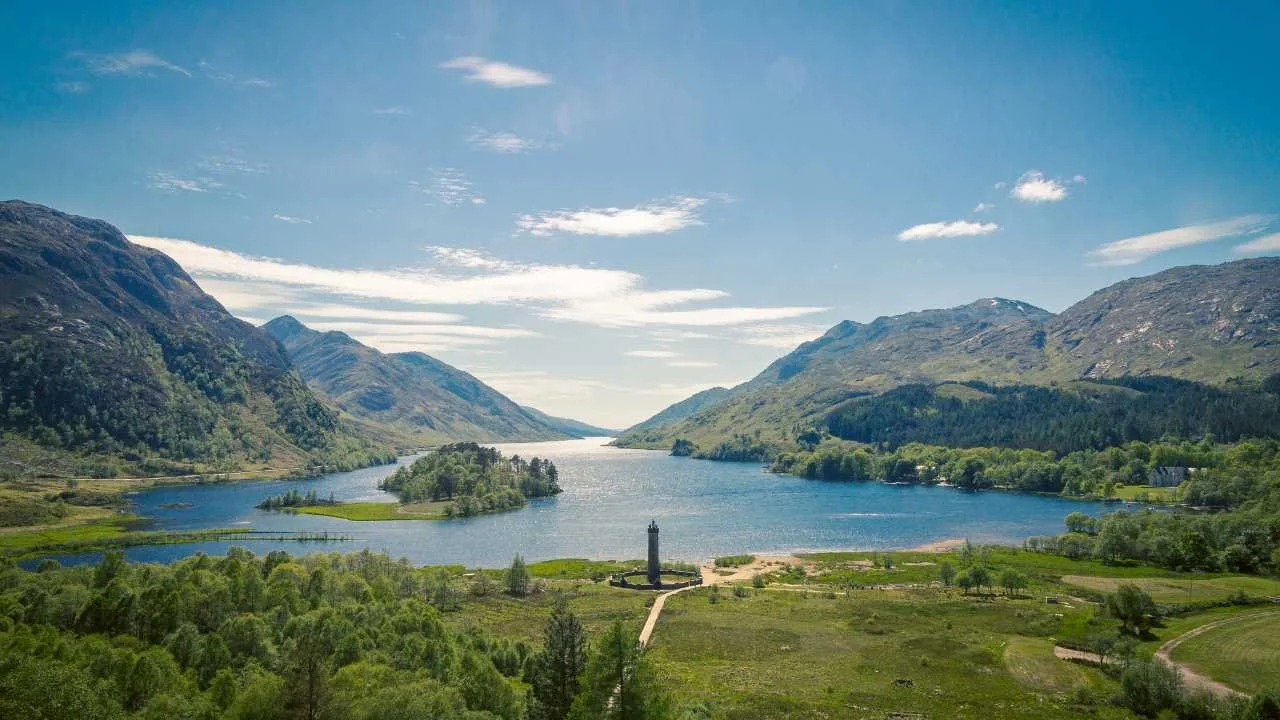
The Jacobite Rising of 1745: Unveiling the '45 Rebellion in Scotland
The Jacobite rising of 1745, remembered as the '45 Rebellion, casts a vivid historical tapestry across Scotland's landscape. It marked a resolute attempt by Charles Edward Stuart to reclaim the British throne for his father, James Francis Edward Stuart. Against the backdrop of the War of the Austrian Succession, this pivotal event unfolded as the final chapter in a series of uprisings spanning decades.
Here we’ll take a brief look at the historical backdrop for the unfolding of the Jacobite Rising!
The Quest for the Throne
Intricately intertwined with Scottish heritage, the Jacobite rising of 1745 emerged as a daring endeavor to alter the course of history. Charles Edward Stuart, commonly known as "Bonnie Prince Charlie," ignited the rebellion on 19 August 1745 at Glenfinnan in the majestic Scottish Highlands. His aspirations soared as he captured Edinburgh and emerged victorious in the Battle of Prestonpans in September.
High Hopes and Strategic Plans
As autumn descended, pivotal decisions reshaped the rebellion's trajectory. A strategic council in October saw Scottish leaders align with Charles's vision to invade England, bolstered by pledges of support from English Jacobites and the prospect of a concurrent French landing in Southern England. With this confidence, the Jacobite forces crossed the border, their destination being Derby by early December.
The Weight of Decisions
However, echoing sentiments of doubt emerged among the ranks. Similar discussions unfolded at Carlisle, Preston, and Manchester. The initial enthusiasm began to waver, as some felt the ambitious campaign had pushed boundaries too far. Amidst outnumbered circumstances and potential entrapment, the decision was reached to retreat from Derby, a choice that resonated with the majority and yet ushered in an irrevocable fracture between Charles and his Scottish supporters.
Triumphs and Defeats
Amidst the trials, triumphs punctuated the narrative. Falkirk Muir saw victory for the Jacobites in January 1746, but the Battle of Culloden in April spelled doom for the Rebellion. This devastating clash not only marked the end of the uprising but also signalled a dramatic shift in the tide of support for the Stuart cause.
The Aftermath and Legacy
The Jacobite rising of 1745 cast long shadows in history's annals. Charles Edward Stuart fled to France after the crushing defeat at Culloden. Despite unwavering determination, his attempts to rally support for subsequent endeavour's proved futile, and he passed away in Rome in 1788.
After the Battle of Culloden (battle field shown right), government forces pursued rebels, using harsh measures due to a perceived threat of another uprising. Captured Jacobites faced prosecution, with some executed and others transported. In 1747, the Indemnity Act led to pardons for most prisoners. Efforts were made to weaken the clan system, including the Heritable Jurisdictions Act and the Act of Proscription. The Jacobite cause persisted but lost momentum due to internal discord and changing sentiments. Charles Edward Stuart's attempts to revive the cause were met with disappointment, and he died in 1788.
The Jacobite rising of 1745 stands as a testament to Scotland's indomitable spirit, weaving together the aspirations, alliances, and divisions of its people. Within the ebb and flow of battles and decisions, the '45 Rebellion encapsulated the fervour for change. The echoes of Bonnie Prince Charlie's quest continue to reverberate through Scotland's history, reminding us of a time when the dream of a throne ignited a nation's spirit.
So what are you waiting for - plan your next Scottish adventure and get out there!
If you’d like to have a knowledgeable, friendly guide to take you on a tour of this beautiful land than consider booking one our own tours. We go the extra mile to ensure your trip to Scotland is the best it can be and unique to you!



